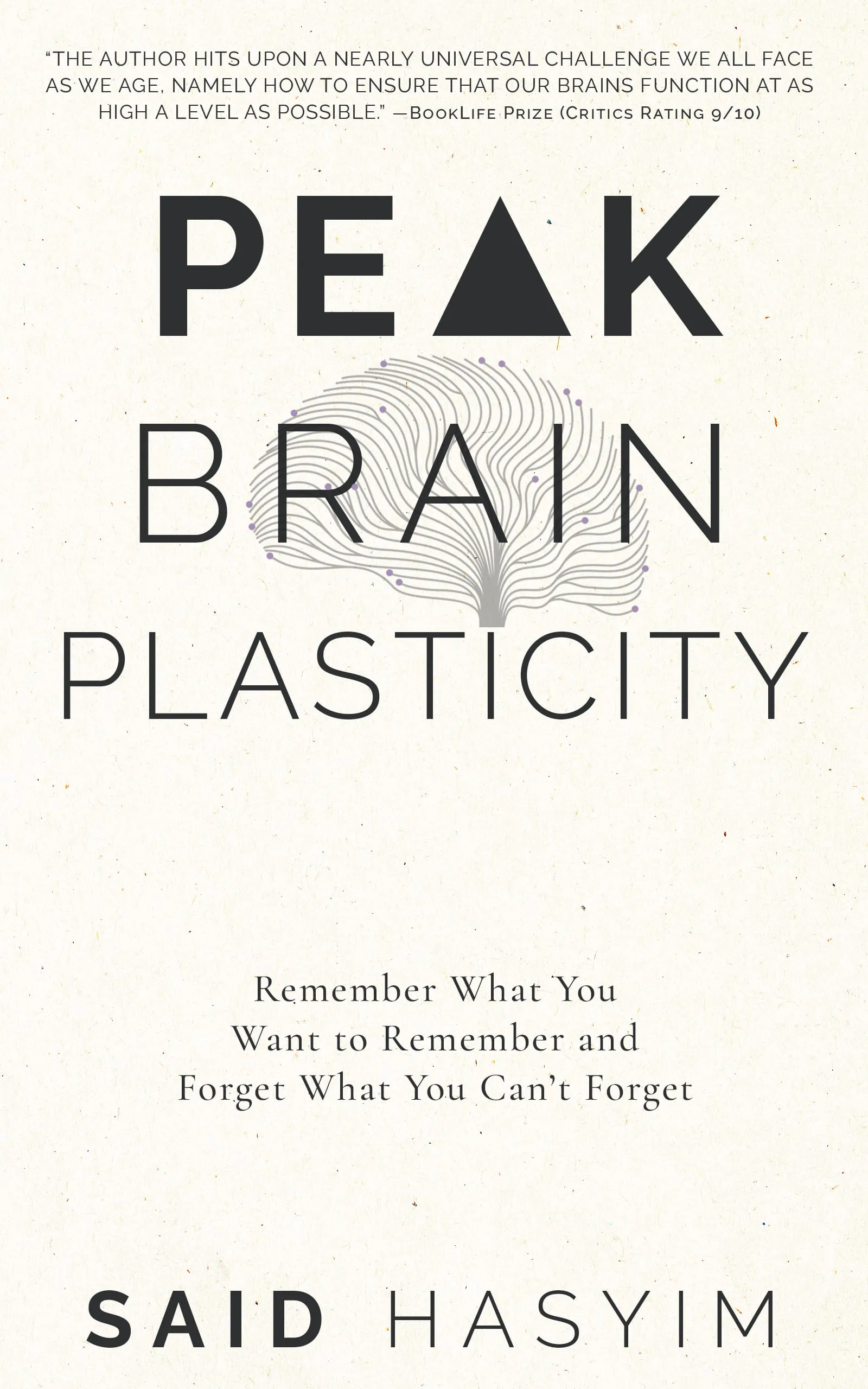Embrace Neuroplasticity: Redefine Your Memory
In the constantly evolving landscape of neuroscience, one concept has emerged as a beacon of hope: neuroplasticity. This extraordinary capability of the brain has the potential to redefine not only how we view memory but also how we can transform our cognitive abilities throughout our lives. This blog post delves into the fascinating world of neuroplasticity, explores its implications for memory, and provides practical tips on how to embrace this phenomenon to enhance our mental capabilities.
Understanding Neuroplasticity
Neuroplasticity refers to the brain's ability to reorganize itself by forming new neural connections throughout life. This adaptability means that our brains are not fixed or immutable; rather, they can change in response to new experiences, learning, and even injuries. Historically, the belief was that the adult brain had limited capacity for change, but recent research demonstrates that our neural architecture can shift at any age.
Types of Neuroplasticity
Neuroplasticity can be broadly categorized into two forms:
Functional Plasticity: This refers to the brain's ability to compensate for injury by taking over functions previously handled by damaged areas. For instance, if one part of the brain becomes dysfunctional, another area may adapt to take over its responsibilities.
Structural Plasticity: This aspect involves changes in the physical structure of the brain in response to learning, experience, or environmental changes. When we learn something new, the synapses—the connections between neurons—strengthen or weaken, enabling the acquisition and retention of new information.
The Connection Between Neuroplasticity and Memory
Memory is intricately linked to the concept of neuroplasticity. Our memories are not stored in isolation; they rely on a complex network of neurons that communicate with one another. When we learn something new, the brain creates a unique pattern of connections that corresponds to that information. The more we engage with that information, the stronger and more stable those connections become.
The Role of Synapses
Synapses, the junctions where neurons communicate, play a crucial role in memory formation. When we repeatedly practice or recall a piece of information, the synapses undergo a process called synaptic plasticity, which involves strengthening the transmission of signals. This is often referred to as "Long-Term Potentiation" (LTP) and is essential for consolidating memories.
Memory Types and Neuroplasticity
There are several types of memory, including:
- Short-Term Memory: The ability to hold a small amount of information for a brief period.
- Long-Term Memory: A more permanent storage of information that can last from minutes to a lifetime.
- Working Memory: A form of short-term memory that allows us to manipulate and work with information in real-time.
Neuroplasticity applies to all these memory types, illustrating that we can enhance our memory through various strategies and practices.
Practical Tips to Enhance Memory and Embrace Neuroplasticity
Now that we have a grasp on the concept of neuroplasticity and its relation to memory, let’s explore some practical approaches that can help us harness this potential.
1. Continuous Learning
Engaging in lifelong learning stimulates the brain and encourages neuroplasticity. Take up new hobbies, learn unfamiliar languages, or delve into subjects outside your comfort zone. Each new piece of information you acquire leads your brain to form new neural connections, enhancing your cognitive reserves.
2. Physical Exercise
Exercise has been shown to increase the production of neurotrophic factors like BDNF (Brain-Derived Neurotrophic Factor), promoting the growth and survival of neurons. Regular physical activity can improve your cognitive functions and memory retention as well.
3. Mindfulness and Meditation
Mindfulness practices like meditation have been research-supported for their positive effects on brain structure and function. These practices can enhance attention, focus, and emotional regulation, creating optimal conditions for memory consolidation.
4. Embrace Challenges
Challenging yourself by engaging in puzzles, games, and tasks that require creative problem-solving activates different areas of the brain. This engagement fosters the development of new connections and improves mental flexibility.
5. Social Connections
Strong social interactions stimulate cognitive processes and contribute to emotional well-being. Engage with your community, spend time with friends, or participate in group activities to bolster both your emotional state and cognitive health.
6. Adequate Sleep
Sleep plays a vital role in memory consolidation. During sleep, our brains process and store information from the day. Prioritize good sleep hygiene by maintaining a regular sleep schedule and creating a restful environment.
7. Healthy Nutrition
A well-balanced diet rich in antioxidants, omega-3 fatty acids, and vitamins has been linked to improved brain health. Foods like fatty fish, nuts, fruits, and vegetables contribute to the neuroplasticity process, supporting memory functions.
The Future of Memory Redefinition
As we continue to uncover the depths of neuroplasticity, a revolution in our understanding of memory is underway. The implications of this knowledge extend beyond personal memory enhancement; therapies for memory-related disorders such as Alzheimer’s and cognitive decline are being reevaluated through the lens of neuroplasticity.
Moreover, embracing neuroplasticity offers a powerful message: our brains can change and grow throughout our lives. We are not prisoners of our past memories or cognitive limitations. By taking active steps to foster neuroplasticity, we can redefine what it means to remember, learn, and engage with the world around us.
Conclusion
Neuroplasticity is a testament to the incredible capabilities of the human brain. By understanding and embracing this phenomenon, we can redefine our relationships with memory and fundamentally enhance our cognitive abilities. Whether through learning, mindfulness, social connections, or physical exercise, there are numerous pathways to bolster our mental faculties.
So why wait? Start today on your journey of cognitive enhancement. With an open mind and a willingness to adapt, you hold the keys to unlocking your brain's boundless potential. Embrace neuroplasticity and illuminate the path to redefining your memory!
Harness the Power of Neuroplasticity
Discover Peak Brain Plasticity, a practical book to harnessing neuroplasticity. Enhance your memory, learn new languages quickly, and alleviate anxiety with effective study methods. Uncover daily habits that impact cognitive health and explore techniques for accelerated learning and memory retention. Unlock your brain's potential for growth and transformation.
